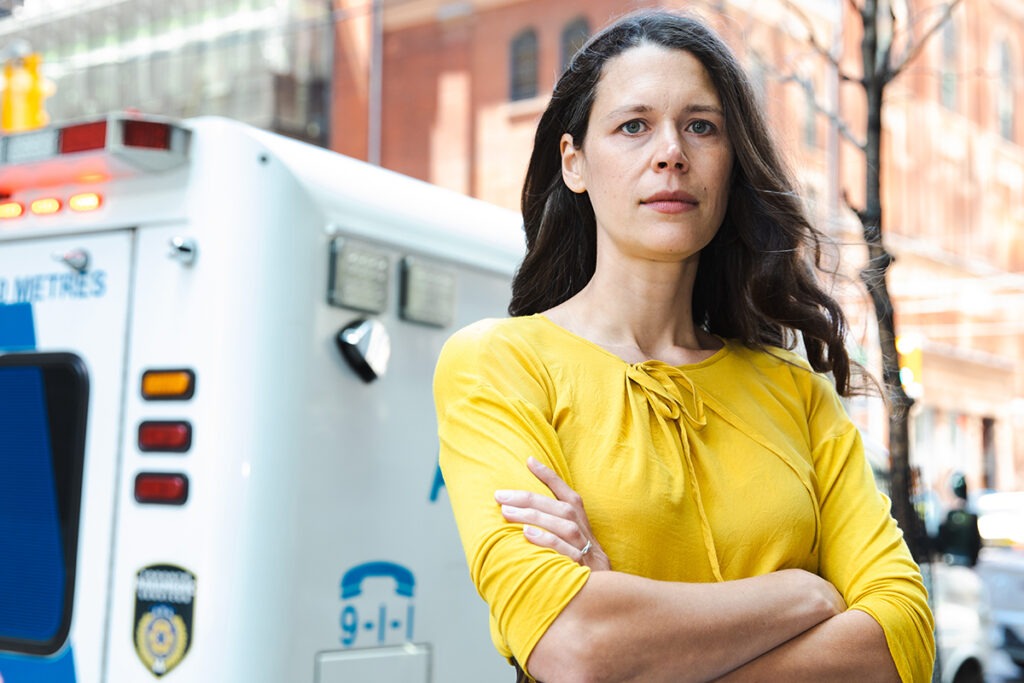Currently in Ontario, the provincially-funded Consumption and Treatment Services (CTS) program does not include supervised inhalation services.
Casey House, however, does not rely on money from the province to run its SCS and could offer supervised inhalation if it is “in compliance with other applicable federal, provincial and municipal legislation to maintain public health and public safety,” Natalie Mohamed, a spokesperson for Health Canada/Public Health Agency of Canada, told CP24.
At this time, there are no supervised consumption sites in this province that provide inhalation services.
Any organization that wants to offer supervised consumption services in this country must have an exemption under Section 56 of the Controlled Drugs and Substances Act (CDSA) to operate.
Epidemiologist Dr. Tara Gomes, the lead principal investigator of the Ontario Drug Policy Research Network, said it’s hard to quantify how many people who use drugs in Ontario choose to smoke them.
Instead, Gomes told CP24 that she and her team look to data from the Office of the Chief Coroner/Ontario Forensic Pathology Services to form a better understanding of how drugs are consumed when a person dies of an overdose.
The latest data from the Ontario Coroner’s Office found those who died from “smoking opioids” represented 30 per cent of Toronto’s 164 accidental opioid toxicity deaths between April 1, 2020 and March 31, 2021. All of these “opioid toxicity deaths” had evidence of smoking drugs and represented a 43 per cent increase in the proportion of overall overdose fatalities in Toronto compared to 2019 and a 178 per cent spike in overdose deaths with only evidence of pipe or foil present.
Gomes’s May 2021 report, Changing Circumstances Surrounding Opioid-Related Deaths in Ontario during the COVID-19 Pandemic, pointed to a “significant shift away from opioid-related deaths with evidence of injection only … towards deaths with evidence of a pipe/foil for inhalation at the scene.”

